Quick Guide to Eating Gluten Free
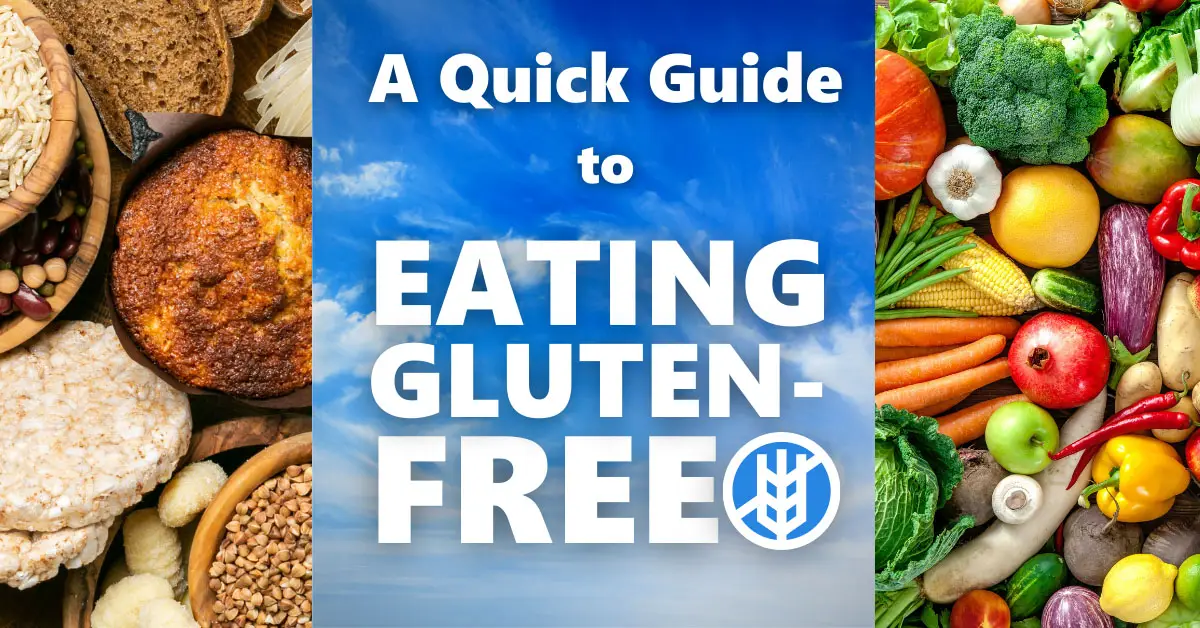
While it’s not nearly as uncommon or unusual as it once seemed, finding out that you, a family member, or a friend needs to adopt a gluten-free diet can come as a bit of a shock. So many common foods contain gluten that changing your diet can feel overwhelming. But though it can feel daunting at first, going gluten-free is accessible to everyone. Learn more about eating gluten free with this quick guide for people sensitive to the gluten protein common in many foods.
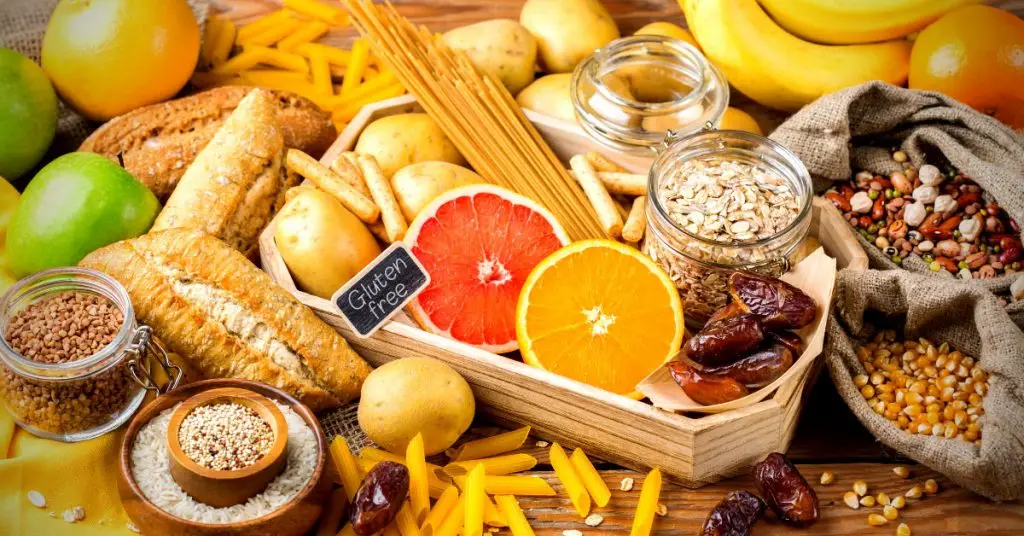
Gluten is a protein found in wheat (including whole wheat and white flours, spelt, emmer, kamut, einkorn, durum, semolina, and triticale), rye, and barley.
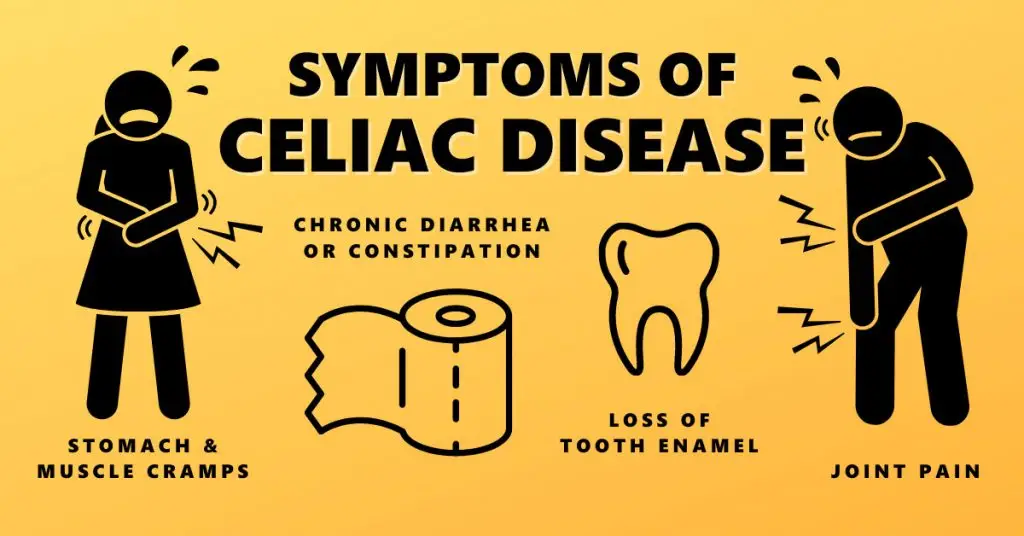
While many people digest gluten without difficulty, other people develop celiac disease or other gluten sensitivities. When exposed to gluten, those with gluten sensitivities can exhibit a range of symptoms, some acute and obvious, others more diffuse and hard to identify. While gluten-free diets have gained a certain reputation as a fad, for many people following a gluten-free diet, accidental exposure to gluten can lead to potentially serious effects, so it’s critically important to take anyone seriously if they say they need gluten-free foods.
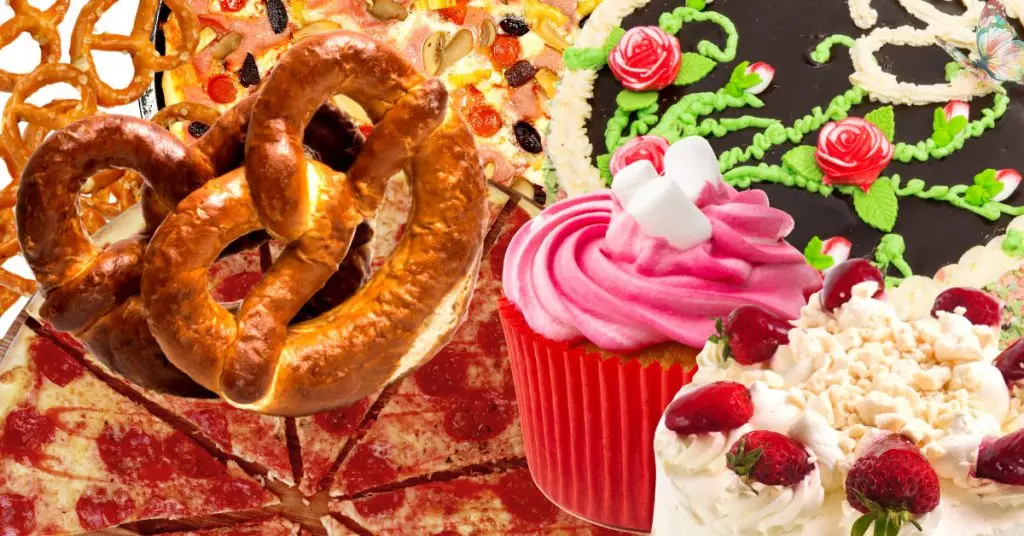
Wheat and gluten find their way into many foods, from bread, pasta, cookies, crackers, cakes, pizza, and pretzels, to less obvious things like beer, soy sauce, licorice, imitation crab meat, and lots of other processed foods. Oats don’t inherently contain gluten, but they’re frequently processed on the same equipment as wheat, rye, or barley, so unless specifically labeled as gluten-free, oats often contain gluten as well.
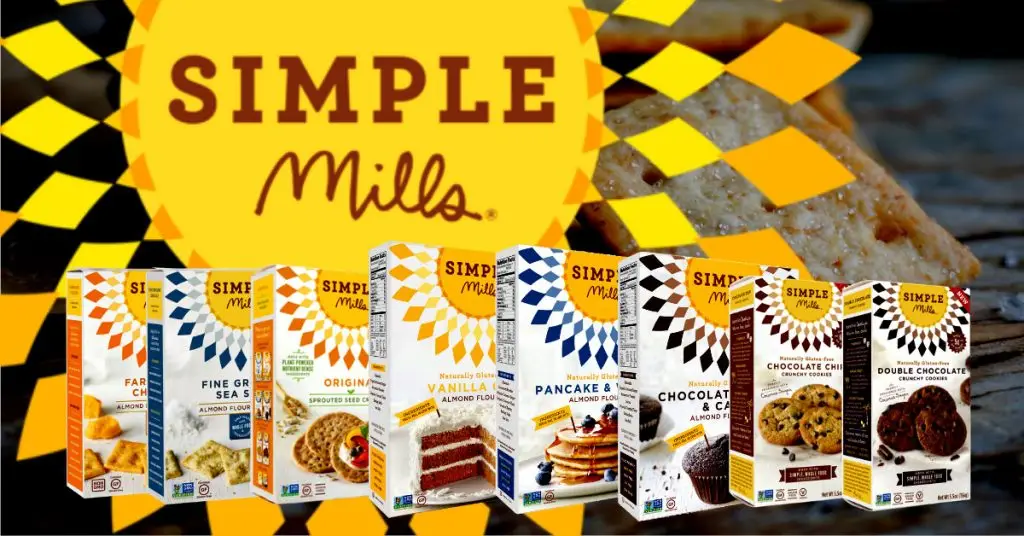
Luckily, there are now many gluten-free alternatives to these staples. Some are nearly indistinguishable from standard gluten-containing foods; others have unique textures or flavors that are delicious in their own right. While some of these alternatives can be used exactly like the gluten-containing ones, many benefit from special attention to package directions. Rice or quinoa-based pastas provide a great vehicle for red or cream sauces, but take care to follow cooking directions to the minute: 30 seconds can mean the difference between al dente and mush. Similarly, don’t expect to be able to buy a gluten-free flour and sub it into your old wheat flour recipes. Most millers of gluten-free flour blends publish recipes on their packaging or on their websites that are specifically tailored to these blends. (Hot tip: look for recipes that measure gluten-free flours by weight, not volume. Some blends can give different results depending on densely they’re packed, so you’ll get much more consistent bakes if you’re measuring by grams instead of cups.)
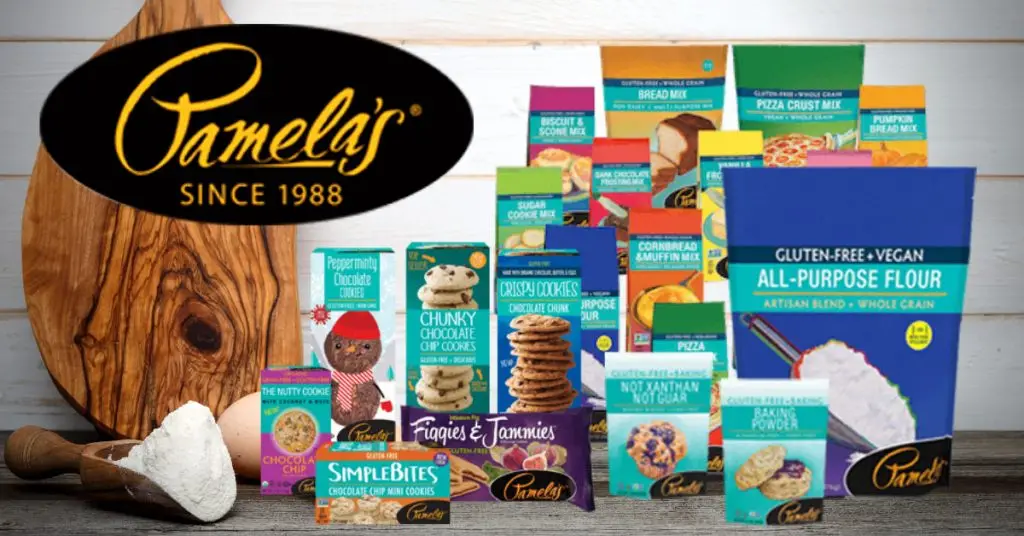
Many food manufacturers helpfully label their products as gluten-free, particularly for items like cookies, crackers, pasta, bread, and baking mixes. For other items, you may need to examine the label a bit more closely, checking both the allergen statement and the ingredients panel. While some items may be inherently gluten-free, if they’re processed in a facility that handles gluten as well, there could be a possibility of cross-contamination. Usually this will be indicated by the allergen statement (“Made in a facility that also processes wheat”). For many people with low-level gluten sensitivity, these items may be fine, while those with serious sensitivity or celiac disease may opt to avoid these potential sources of trace gluten.
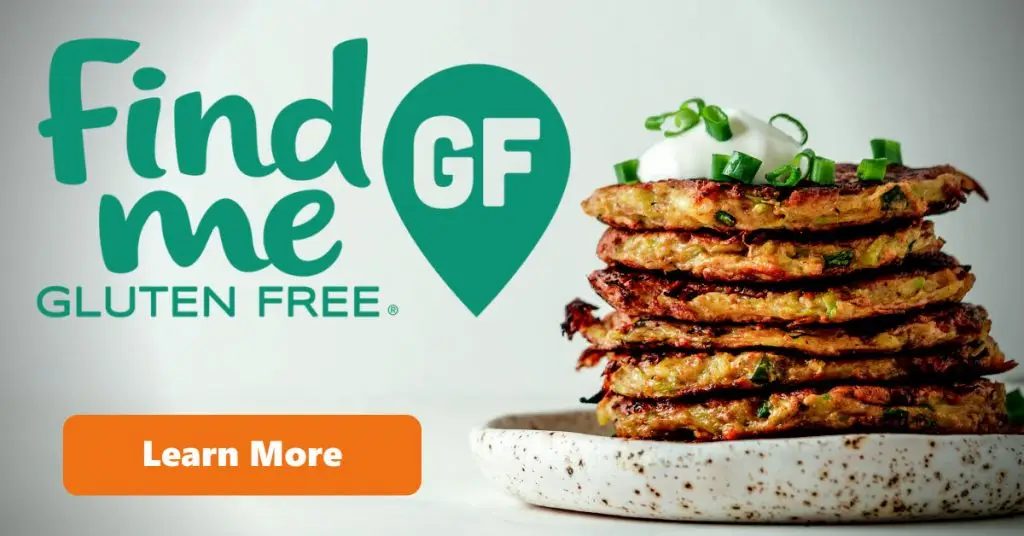
Eating out on a gluten-free diet can be challenging. The good news is, many others have to navigate the same challenge, so there are good crowdsourced resources to find gluten-free-friendly restaurants, such as findmeglutenfree.com, also available as an app for both Apple and Android. Make sure your server knows that you have a gluten sensitivity. Many can help you find the gluten-free items on the menu, or advise you of possible substitutions. It’s also worth being aware of a couple of sources of hidden gluten: Fried foods, even if inherently gluten-free, may pick up trace gluten from the fryer, and soy sauce (except tamari) and imitation crab meat are made with wheat.
Click to see our many gluten free options throughout the store!
If you or someone in your life needs to adopt a gluten-free diet, don’t despair. Gluten-free diets are no longer unusual, and there are many foods and resources available to make your transition an easy one.


Leave a Reply